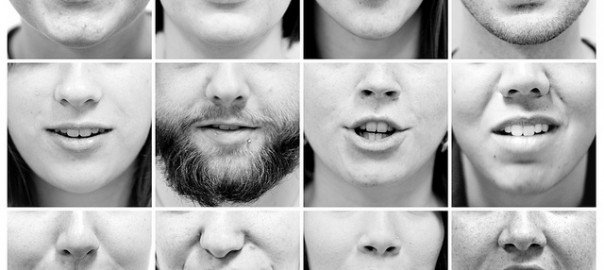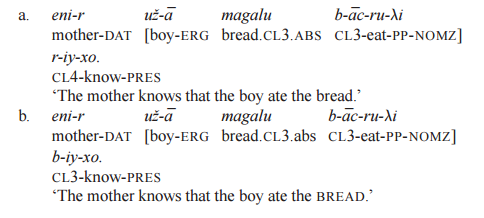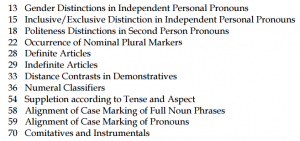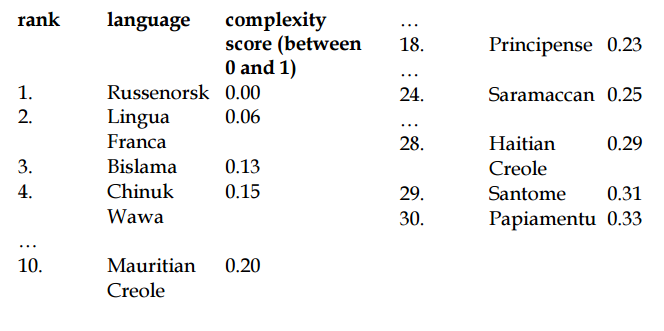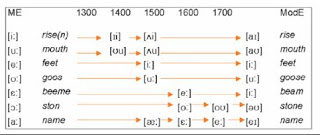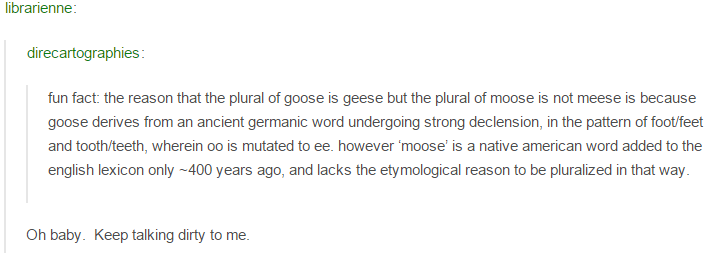5. Glossary
agglutinating language A language in which morphemes are easily divided, and which tends to express only one meaning per morpheme
biological adaptation An inherited or acquired modification in organisms that makes them better suited to survive and reproduce in a particular environment
classifer A counter word that is used to accompany nouns and can be considered to “classify” the noun depending on the type of its referent
consonant clusters A group of consonants which have no intervening vowel
cultural adaptation The process of ensuring a message, whether translated into another language or not, is presented using cultural references and role models that your intended audience will identify with
cultural evolution the idea that human cultural change can be described as a Darwinian evolutionary process that is similar in key respects to biological/genetic evolution.
fusional language A language which tends to express one meaning per morpheme
human natural language Any language which arises, unpremeditated, in the brains of human beings
ideophones Words that evoke an idea in sound, often a vivid impression of certain sensations or sensory perceptions
index of fusion The degree to which a language tends to express one meaning per morpheme
index of synthesis The degree to which a language tends to have many morphemes per word
inflection Conceptual categories that do not create new stems. Rather, they add specific “grammatical” information to already existing stems.
indicative used to make factual statements, ask questions, or express opinions as if they were facts.
innateness Existing in, belonging to, or determined by factors present in an individual from birth
isolating language A language in which words tend to consist of a single morpheme
language family A group of languages of related through descent from a common ancestor
language universals A trait or property of language that exists, or has the potential toexist, in all language
lexical entry A linguistic sign of any size that expresses content meaning
nominal A term sometimes used as an alternative for, or replacement of, noun in languages that do no distinguish adjectives and nouns as distinct part-of-speech
mark features the additional articulatory features that are more complex in nature and less preferred in sound sequences
morphology The branch of linguistics that studies the structure of words
phonology The system of contrastive relationships among the speech sounds that constitute the fundamental components of a language
phonological hierarchies Preference order of phonology in single phonemes and phonemic clustering across various positions in a word
phrasal categories Traditional parts of speech (noun, verbs) in phrase structure grammar
positionals Describe the position and form of persons and objects
semantic Relating to meaning in language or logic
sign language A system of communication using visual gestures and signs, as used by deaf people
sonority Openness of a sound
sonority sequencing universals Ranking of speech sounds by amplitude that is common
syntax The arrangement of words and phrases to create well-formed sentences in a language
typology Subfield of linguistic that studies and classifies languages according to their structural and functional features
universal grammar The ability to learn grammar is hard-wired into the brain
verb affix A bound morpheme attached to a root or stem of a verb, modifying its meaning in some way
word class A category of words of similar form or function; a part of speech (noun, verb, adjectives etc)
word order The sequence of words in a sentence, especially as governed by grammatical rules and as affecting meaning
6. Credits
ALL THE APPLAUSE FOR:
IRIS LEE – U1230636C
EUNICE LIM – U1230490E
NUR FAEZAH BTE IBRAHIM – U1230239H

